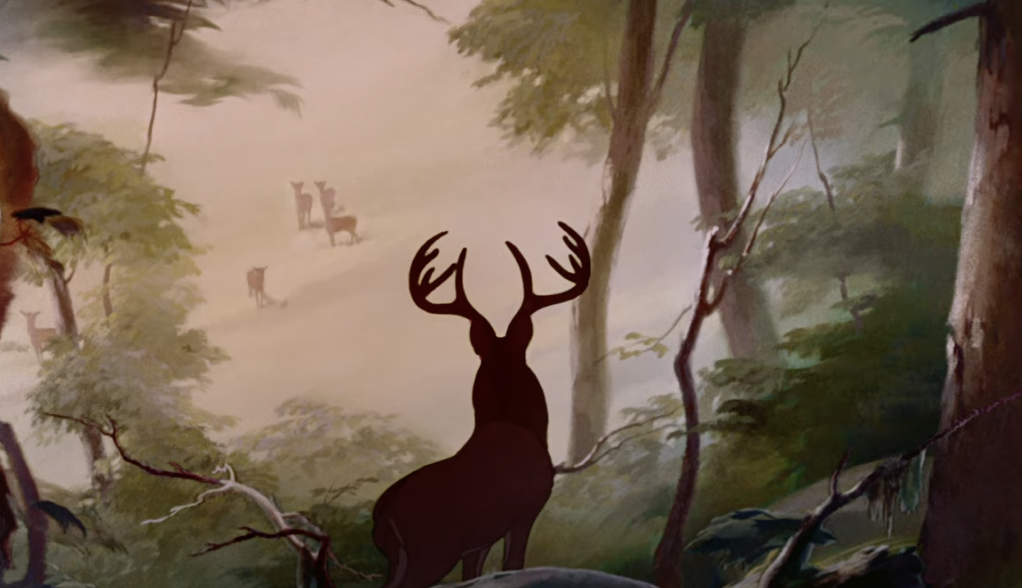Interviews
Sigrid Nunez’s “Mitz” Is a Story About Virginia Woolf’s Pet Monkey
The National Book Award winner's 1998 novel is newly reissued and more relevant than ever

In the summer of 1934, Virginia and Leonard Woolf visited their friends, the Rothschilds, for dinner in Cambridge and came home with a pet marmoset. Mitz, a sickly, kitten-sized monkey, soon became a staple of the Woolf’s household, even famously traveling with the couple to Germany where she “saved them from Hitler” by providing a distraction during a Nazi parade.
Mitz: The Marmoset of Bloomsbury has been called a biography of the Woolfs’ unusual pet but, as ever, Sigrid Nunez’s work defies attempts at a simple synopsis. In the author’s witty and fiercely intelligent hands, this novella weaves together fiction and excerpts of actual memoirs, diaries, and letters to become a retelling of Virginia’s last years, a philosophical exploration of the relationship between humans and animals, and a portrait of the greater Bloomsbury set whose members, like Vanessa Bell and Vita Sackville-West, saw their worldview paling against the rise of fascism in Europe.
I spoke with Nunez over email about researching for “non-fiction fiction,” her interest in animals, and the way that Mitz—just issued in a third edition by Soft Skull Press—has, like its namesake, found an unsettling relevance in current affairs.
Carrie Mullins: Mitz is such an interesting, weird, and wonderful piece of Woolf history. It strikes me as one of those stories that, as a writer, you might hear and think, I should do something with this, though most of these inevitably get set aside. What made you pursue the project?
Mitz is a story in which a pet is an important character but is also about a famous literary couple and a portrait of their world.
Sigrid Nunez: Many years ago a children’s book editor got in touch to ask if I had any interest in writing a children’s book, and I thought it might be fun to write about the Woolfs’ pet monkey. So I wrote three little chapters, which the editor didn’t like. “You can’t write a children’s book that doesn’t have a child in it,” she said. Which of course isn’t true, but that was that. Sometime later the editor of my first two novels heard about this abandoned project of mine and asked if I’d consider writing Mitz’s story as a novel for adults. I had read Flush, Woolf’s mock biography of Elizabeth Barrett Browning’s cocker spaniel, and I decided to try something similar: a story in which a pet is an important character but which is also about a certain famous literary couple and a portrait of their world.
CM: As you tell the story of Mitz’s life with the Woolfs, you weave in pieces of actual memoirs and diaries. Choosing these texts must have been no mean task given how much is written by and about the Bloomsbury group. How do approach research for a project like this? I’m also curious about your relationship to the research once you have it. As Hilary Mantel said, “There’s historical time—the fixed chronology—and then there’s novel time—the way the chronology is handled,” so though Mitz is loosely structured by the animal’s lifetime, you’ve had to make choices about what to focus on.
SN: In fact, it was all pretty straightforward. Before I even began writing Mitz I had already read Virginia Woolf’s diaries and letters and Leonard Woolf’s autobiography as well as several biographies of Woolf and other books about Bloomsbury. So I was very familiar with the group and their world, and I knew where all the references to Mitz were to be found. I went back and looked more closely at the relevant material and constructed a mostly chronological narrative that covered the four years that Mitz was a part of the Woolfs’ household. Of course I had to invent many parts of the story, but on the whole there is more nonfiction than fiction in Mitz.
CM: In many ways Mitz is a simulacrum of Virginia: their shared love and dependence on Leonard, their anxiety, their aversion to being dressed up and put on display, whether in a shop window or as the head of a literary society. We often think of dogs resembling their owners, but in this case, it’s a monkey. Can you talk a little about this connection?
SN: I wouldn’t want to carry a comparison between a literary genius and her pet monkey too far, but in the book I do imagine Virginia joking about how much she and Mitz have in common. They both have nervous dispositions and delicate health, both are extremely curious, and both are in love with Leonard. Also, as I say, they share a mischievous side, and they both have claws. But this thing about dogs resembling their owners is, according to my own observations, largely a myth. I don’t know why it is so often stated.
CM: Your most recent novel, The Friend, is about a woman who is asked to care for her friend’s dog after he dies, though she soon finds herself caring about him as well. In Mitz, the Woolfs say they don’t want to be the kind of people who get sentimental about their pets, but they clearly have loving relationships with Pinka, Sally, and Mitz that includes the occasional anthropomorphizing. Both novels explore the relationship between humans and animals and, by extension, the question of how much animals know and feel. What interests you about this relationship?
We too are facing the rise of far-right regimes around the world and the threat of human suffering on a scale such as has not been seen before.
SN: Everything. Animals are a great mystery to human beings. We know they have feelings and we have ways of interpreting certain signs and behaviors of theirs, but because they don’t have language we really don’t know what goes on inside their heads. I have always loved animals and been fascinated by them. I believe that companionship with animals is something that greatly enhances a person’s life, and I think many, many people would agree with me. And a person can have a profoundly loving relationship with an animal without being at all sentimental about it. But about the anthropomorphizing in Mitz, that of course is my doing, not theirs.
CM: Mitz is in conversation with Flush, Virginia Woolf’s biography of Elizabeth Barrett Browning’s cocker spaniel. Sometimes you overtly nod at Woolf’s book—was Mitz a snob?—and at others there is simply a beautiful, Woolf-like description of nature or cadence to the sentences. How much did you want to directly interact with Woolf on the page?
SN: I didn’t really think of myself as interacting with Woolf, even though I owe a large debt to Flush as model and inspiration. But because Mitz is a historical novel, it was important that the era I was writing about be reflected in the book’s style. And of course I was reading a lot of Woolf at the time, so inevitably something of the rhythm of her prose got into my own.
CM: Mitz was originally published in 1998, but reading it now, I find it feels incredibly timely. The shadows falling over Bloomsbury in the 1930s are familiar, especially the feeling that we are being swept towards violence by men’s hubris. Did our current cultural climate influence your decision to reprint the book? Has your own reading of the work changed?
SN: Current events didn’t play any role in the decision, but with The Friend getting so much attention it seemed like a good moment to bring out a new edition of Mitz. I’ve found that readers who liked The Friend also seem to like Mitz. As for my own reading of the book, I can’t point to anything in particular that’s changed. I agree that the dismay experienced by the characters in Mitz feels disturbingly familiar. We too are facing the rise of far-right regimes around the world and the threat of human suffering on a scale such as has not been seen before.









